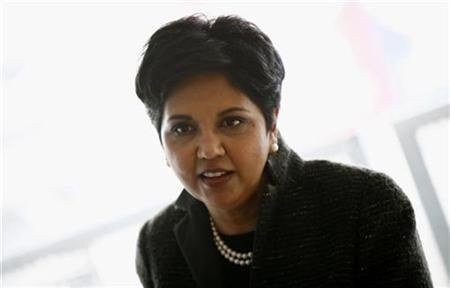Still a long walk for women to the boardroom

Even after having kept most of their promises, women still appear to have miles to go, at least as far as achieving positions of corporate governance is concerned.
The most recent annual Census from Catalyst, based on a study of women's representation in boards and executive positions in 497 of the Fortune 500 companies (as published in May 2010), shows that only 15.7% of seats in the boards of these companies were occupied by women. More than a tenth of these companies had no women serving on their boards and only 72 among the 497 companies had 25% or more women directors.
The study, which also compiles findings based on analysis of race/ethnicity of woman board members, showed that among all women directors, 19% were women of color. This was however based on a study of 491 companies which either had no woman employee or maintained complete records of data pertaining to race and ethnicity.
Representation of women among executive officers in companies was also not heartening with 14.4% of such positions being held by them. In fact, close to a third among the companies - 136 in count - had no woman executive officer in the ranks. Clearly, the playing field is far from level even today.
Catalyst, a leading non-profit membership organization founded in 1962 and working globally with businesses and professions to build inclusive workplaces and expand opportunities for women in business, has been conducting an annual Census since 1993 to systematically examine women's representation at the highest levels of corporate America. While it started with assessment of women's representation on boards, in 1996 the scope of the study was broadened to measure the status of women in terms of senior leadership positions held.
The 2010 Catalyst Census was published on December 13, 2010; this year the organization has also come out with a path-breaking study titled The Promise of Future Leadership: Highly Talented Employees in the Pipeline, which examines the opportunity gaps and compensation differentials between high potential men and women in the workplace and suggests re-adjustments that could narrow the gender divide in this context.
© Copyright IBTimes 2024. All rights reserved.





















